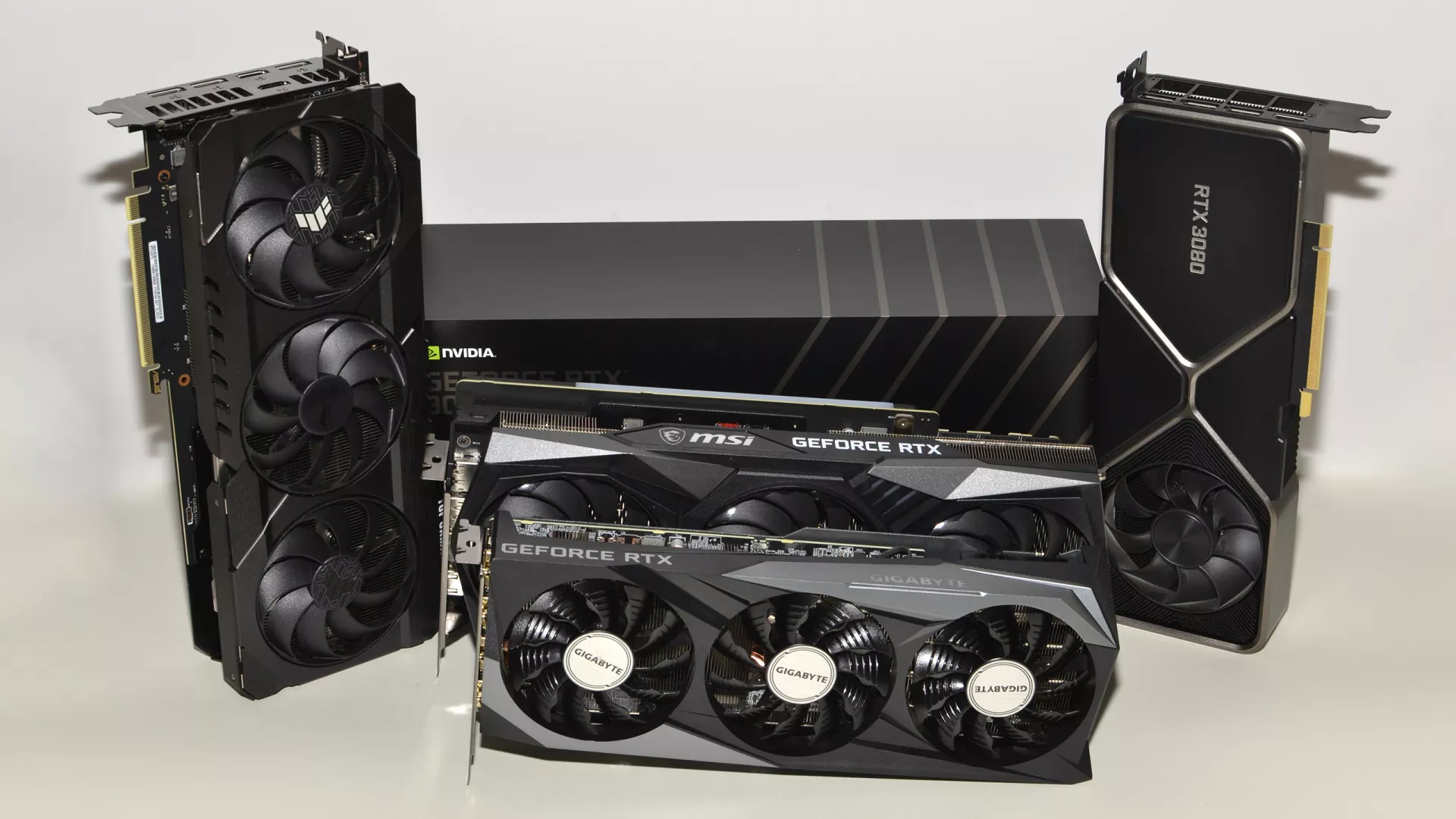
Speaking in an interview with Digital Foundry at CES 2025, Nvidia VP of Applied Deep Learning Research Bryan Catanzaro hinted that Nvidia may end up bringing DLSS 4 to Nvidia GPUs as old as the RTX 30 Series, which otherwise do not support Nvidia's own Frame Generation technologies. Instead, RTX 30 Series GPUs are currently forced to rely on games with an AMD FSR 3 Frame Generation solution — which isn't always usable alongside DLSS, though fortunately it usually is. We note that external solutions like Lossless Scaling, which also allows for Multi-Frame Generation like DLSS 4 will, though of course continue to work without AI acceleration.
In the full interview, the specific question asked of Catanzaro on Frame Gen for older Nvidia GPUs by Digital Foundry's Alex Battaglia was "Now that it (DLSS 4) is running entirely on Tensor cores, obviously it's a more intensive task as a result of that, to some degree... what's keeping it, then, from running on RTX 3000?"
Catanzaro replied, "I think this is primarily a question of optimization and engineering and then the ultimate user experience. We're launching this Frame Generation, the best Multi-Frame Generation technology with the 50 Series, and we'll be able to see what we squeeze out of older hardware in the future."
While this is hardly a conclusive statement, the logic leading to the question and the open-endedness of the answer does lead to some optimism. And, of course, Nvidia RTX 30 Series users can always opt for AMD FSR 3 Frame Generation wherever it's available, with Lossless Scaling's recent updates further improving its support for global Multi-Frame Generation.
Aside from this question, which could allude to some nice future boons for older hardware, Battaglia also asks several other questions in the full interview that dive deeper into the technical details of DLSS 4.
Highlights include Catanzaro claiming that DLSS 4 Frame Generation's frame pacing should be much more evenly paced than DLSS 3 Frame Generation, claiming a decrease in frame pacing variability by "a factor of 5 or 10." Basically just meaning that Frame Gen should now look far smoother. Though for now, Frame Generation still doesn't include V-Sync, and when asked, Catanzaro essentially said that the demand would need to be there for Nvidia to have the incentive to get it figured out.







